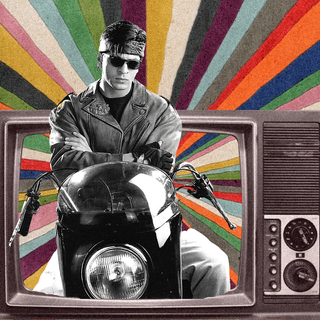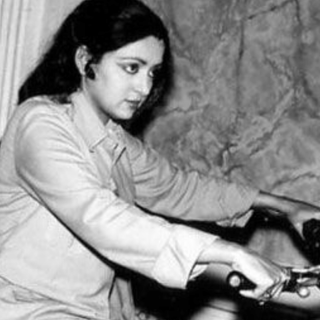Hours after India lost to Argentina in the women’s hockey semi-finals at the Tokyo Olympics, two men belonging to an oppressor caste burst crackers in a mock celebration outside an athlete’s family’s house. The men allegedly spouted casteist abuse at the family while dancing and deriding the team’s loss.
Vandana Katariya is among the 16 women who represented the Indian team at the Olympics. “They used caste slurs, insulted our family, and said the Indian team lost because too many Dalits [they used a specific slur] have made it to the team,” Vandana’s brother, Shekhar, said in a complaint to the police, Times of India reported.
Allegedly, the men went on to say that every sport should keep Dalit players out. “It was a caste-based attack,” Shekhar added.
This is not an isolated incident; casteism in sports has become glaringly evident. Recently, internet searches for badminton player P.V. Sindhu’s caste spiked after her bronze medal win in the Olympics — a recurring trend for every time she is in the news.
The incidents speak to a larger trend of associating the glory of sports with a specific oppressor caste, cis -masculine norm — the caste composition of players often determines how the public reacts to wins and losses.
When it comes to marginalized players, their victories are appropriated by the public and celebrated as the entire country’s win, even if the victory came despite a lack of support and adequate infrastructure for the particular sport or player in the country. Here, their marginalized identity is erased and they are elevated to the status of “heroes” or “true Indians.”
Related on The Swaddle:
By Stifling Marginalized Voices, Social Media Mimics Real Life Casteism
When Mirabai Chanu, a Manipuri woman, made history as the first Indian to win a silver medal in Olympic weightlifting, she was hailed as “bharat ki beti [India’s daughter]” and became the locus of national pride; in sharp contrast to this are instances of racism against people from different parts in the Northeast during all other times, except when they win accolades for the country. Now, there is debate in some corners about Chanu’s religion, and whether she is a Hindu or not.
There is a sharp reversal of this treatment when an athlete from a marginalized community loses: the nation effectively disowns certain players and blames their background, indicating through implications that they are not “true” Indians and therefore cannot represent the country.
Claiming caste pride on the backs of sportspersons’ and athletes’ performances when they are good is arguably rooted in the same social mechanics that link sports with nationalism: when sportspeople represent a nation, their victories and losses become the nation’s too. How individual players are treated by the nation is therefore arguably tied to nationalism in sport, and what the dominant idea of nationalism entails.
The incidents also show the pervasiveness of caste pride in sports overall. Take Vinod Kamble, an eminent cricketer who is remembered for his legendary partnerships with Sachin Tendulkar in their heyday. In a 1993 test cricket match, Kambli’s performance was among the most awaited by the stands — but when an injury forced him to leave the match, the crowd hurled casteist slurs at him while calling him “lazy” and “useless.” Kambli remains one of the few Dalit cricket players in Indian history to date — despite being a contemporary of Sachin Tendulkar’s, only the latter ascended in the ranks to be celebrated as the greatest cricketer of all time.
In contrast, current cricket players flaunt their caste pride in a way that no other player from a marginalized background ever can. Recently, Suresh Raina was seen proudly declaring his Brahmin status in an interview. Ravindra Jadeja is another player who is loud about his Rajput identity in a manner that is meant to link his caste to his performance in cricket.
Identity and sport are inextricably linked in unsavory ways. Vandana Katariya and the women’s hockey team should have been lauded for taking India to the semi-finals. Instead of placing the blame on the lack of infrastructure and support to athletes who aren’t from tier I, privileged caste backgrounds, the focus on caste identity shows how Indian sports suffer from a casteist fracture.
Vandana Katariya’s case is the most recent example of this — but is by no means the first.




